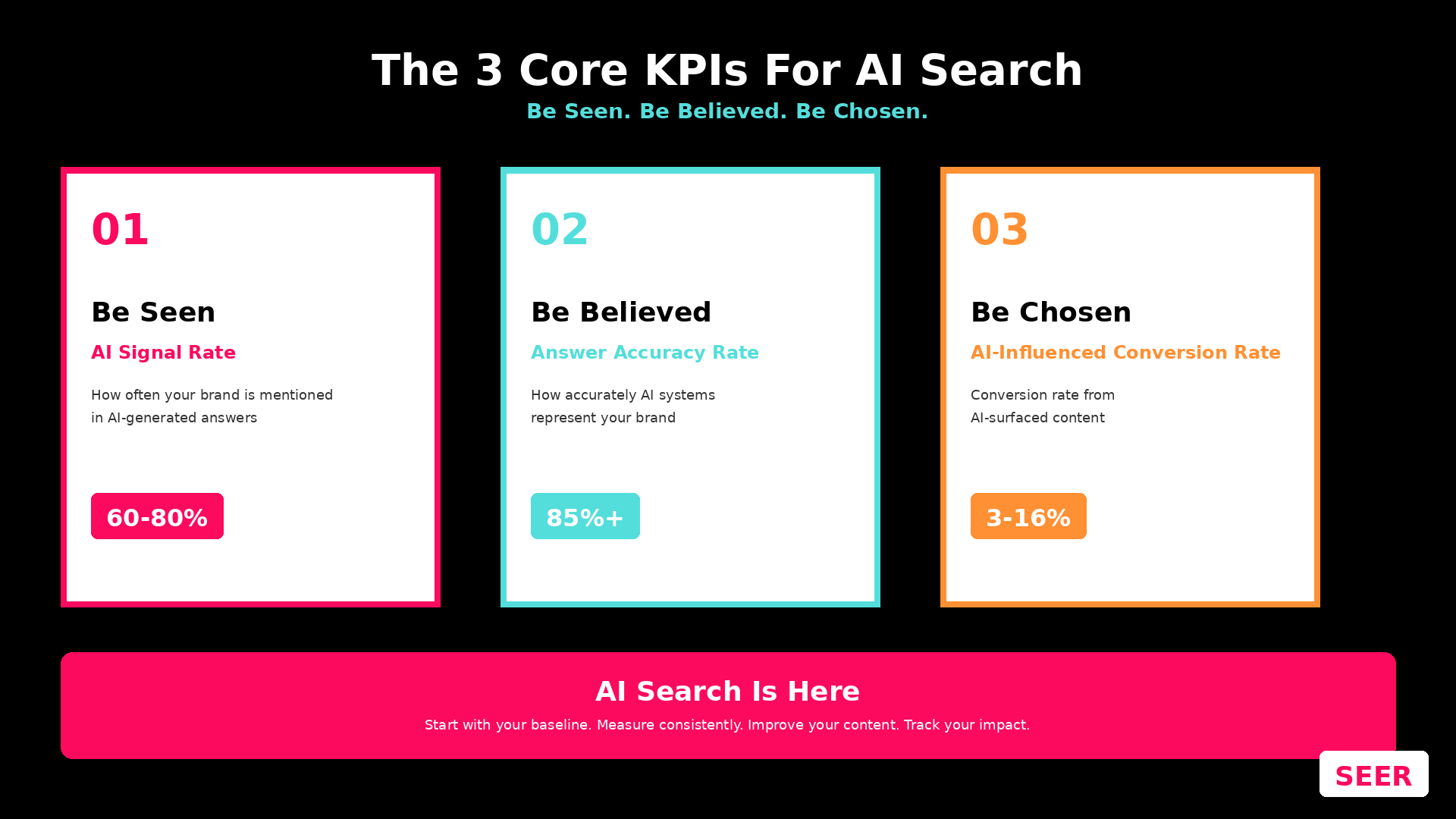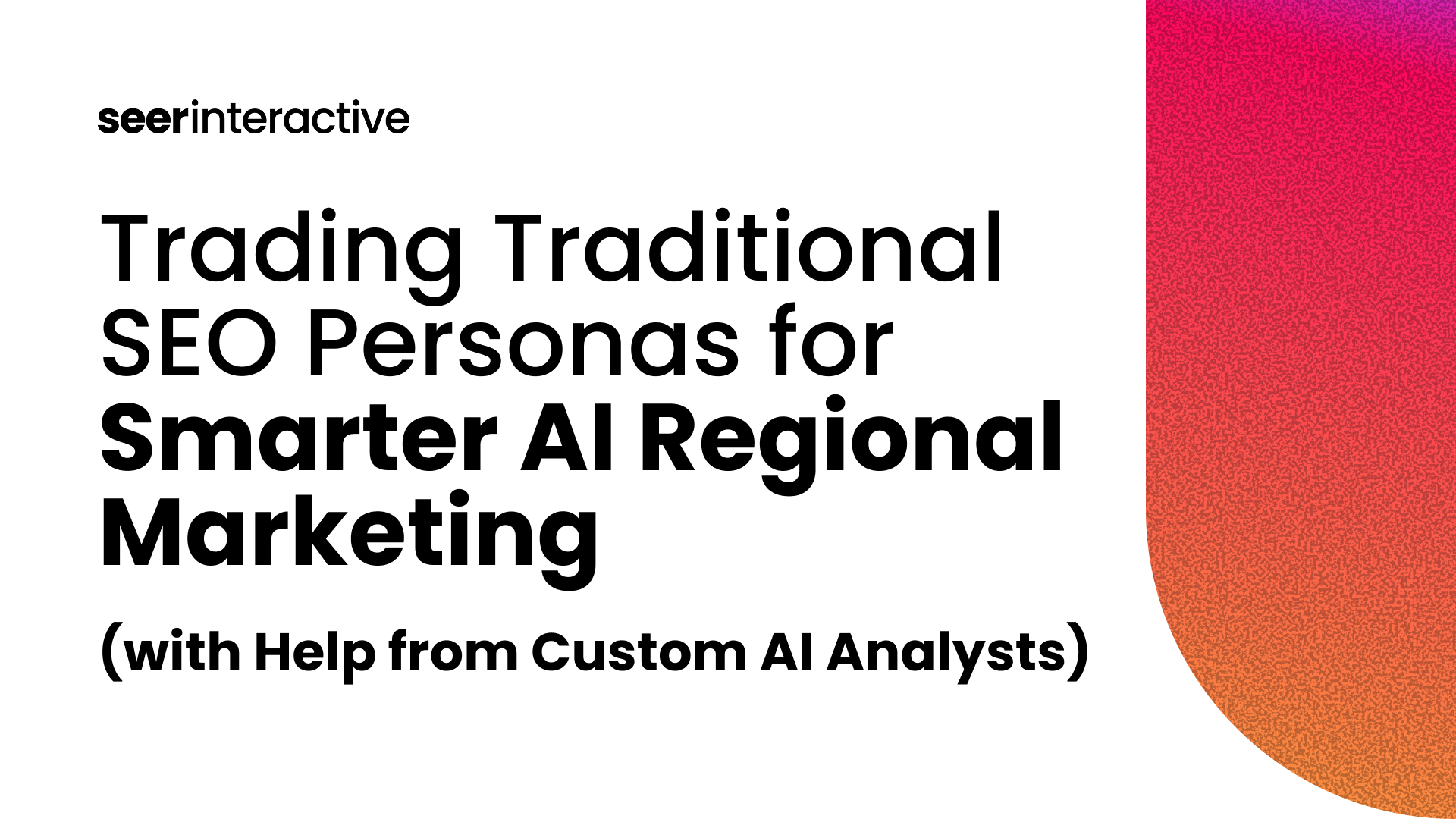Understanding Marketing Attribution: How Data Can Improve Your Marketing Strategy
Was it Colonel Mustard in the library with the wrench?
Maybe!
Clue was a favorite game of mine growing up. In Clue, players are trying to solve a mystery by determining which suspect, weapon, and room are responsible for a murder. They do this by gathering clues and using deductive reasoning to eliminate possibilities until they're left with the correct answer.
I’m sure you’re wondering what this has to do with marketing? I won’t keep you waiting: marketing attribution!
Marketing attribution and Clue have surprising similarities.
Both involve analysis of data, trial and error, and creative thinking. In marketing attribution, data is used to determine effective channels, while Clue players gather clues to solve a mystery. Marketers experiment with tactics to find what works, and Clue players test theories until they solve the puzzle. Ultimately, both are rewarding when the right answer is found.
What is Marketing Attribution?
Marketing attribution is the process of identifying and giving credit to the marketing efforts that contribute to a customer's decision to make a purchase or take a desired action. It's like a detective story for marketers - trying to uncover the different touchpoints and channels that led a customer to convert.
To put it simply, marketing attribution is the science of understanding which of your marketing efforts are driving the best results, and which ones need improvement.
The customer journey is not always straightforward, and customers can interact with a business in many ways before making a purchase. Attribution models help businesses understand the impact of each touchpoint in the journey, whether it's a social media ad, an email campaign, or a search engine result.
Marketing attribution is crucial for businesses to optimize their marketing efforts, allocate resources effectively, and measure their return on investment. By understanding the customer journey and giving credit where credit is due, businesses can make informed decisions and improve their marketing strategy to drive better results.
Human Behavior and Marketing Attribution
Understanding the behavior of current and potential customers is an essential ingredient in marketing attribution. A customer’s context is a key driver in identifying the most effective touchpoints that result in conversions and sales.
At Seer Interactive, we've seen the power of this approach in action. For example, our Analytics team identified User Experience improvements that increased conversions for two different products, one by 600% and another by 97%.
Marketing attribution helps to identify the specific touchpoints that lead to a conversion, but understanding the psychology behind consumer behavior can help marketers make informed decisions about which touchpoints to focus on in their marketing efforts.
For example, if a consumer is more likely to convert after seeing a social media ad followed by an email, a marketer may choose to allocate more resources to those touchpoints in future campaigns.
Ultimately, understanding human behavior and utilizing marketing attribution together can help businesses optimize their marketing strategies and drive better results.
Human behavior, marketing attribution, and marketing strategy are all interconnected when it comes to promoting a product or service. Understanding human behavior can help in crafting an effective marketing strategy that resonates with the target audience. By using marketing attribution, businesses can track which marketing channels are driving the most conversions and adjust their strategy accordingly.
Marketing Attribution and Campaign Effectiveness
Marketing attribution helps businesses understand where to better invest their marketing dollars and resources. If you know your clients are more likely to convert after interacting with your brand on social media - with additional data analysis you’ll know which social media platform and type of contact drives the most conversions. For example, by better understanding the customer journey via attribution and audience analysis, our team was able to increase conversion rate by 153% resulting in a 23% return on investment.
Attribution data is key to understanding which marketing and sales channels are most effective and efficient for revenue generation.
Not sure where to start? Let’s chat…
The Challenges and Risks of Marketing Attribution
While marketing attribution can provide valuable insights into the effectiveness of marketing efforts it is just one part of understanding how consumers interact with your brand.
Here are some of the key challenges and risks of marketing attribution:
- Data availability: Marketing attribution relies on accurate and comprehensive data about customer behavior, which may not always be available or reliable. Incomplete or inaccurate data can lead to incorrect conclusions about the effectiveness of marketing efforts. That’s why Seer has an internal tagging and tracking team (Analytics & Insights) that ensures that we’re capturing the right information in the right way.
- Complexity: The customer journey is often complex and involves multiple touchpoints and channels, which can make it challenging to accurately identify and give credit to the marketing efforts that contributed to a conversion.
- Attribution models: There are various attribution models available, each with its own strengths and weaknesses. Choosing the right attribution model for a particular business can be challenging, and using an inappropriate model can lead to incorrect conclusions about the effectiveness of marketing efforts.
- Interpretation: Even with accurate data and a suitable attribution model, interpreting the results of marketing attribution can be challenging. It requires a deep understanding of the business and its marketing strategies, as well as the ability to draw meaningful insights from the data. Enter: the Analytics & Insights team
- Risks of over-attribution: In some cases, marketing attribution may give too much credit to a particular marketing effort, leading to over-attribution. This can result in businesses over-investing in certain marketing channels or tactics, which may not necessarily lead to optimal results.
- Risks of under-attribution: On the other hand, marketing attribution may also under-attribute the impact of certain marketing efforts. This can result in businesses under-investing in marketing channels or tactics that are actually contributing significantly to conversions.
Wait…
What is Attribution Modeling?
Marketing attribution involves assessing the different ways that consumers interact with a business's marketing efforts before making a purchase. Attribution modeling is a specific method within marketing attribution that gives a value to each of these interactions, which are called touchpoints.
This method involves examining the actions that individual users take on their way to making a purchase or completing a goal, such as filling out a form or signing up for a service. By analyzing these interactions, businesses can understand which marketing campaigns are most effective and assign a value to each touchpoint accordingly.
In other words, attribution modeling is a more detailed way of measuring marketing effectiveness that looks at individual user behavior instead of just general trends. It helps businesses make data-driven decisions and optimize their marketing strategies for better results.
Attribution modeling is a bottom-up approach to understanding user behavior whereas the marketing mix model looks at how factors like advertising spend, pricing, etc., impact business outcomes.
What is the Marketing Mix Model
The marketing mix model allows us to understand, and measure, the effectiveness of tactics such as pricing, promotion, and product features.
Marketing mix modeling is a statistical analysis technique used to measure the impact of various marketing activities. It's a tool that helps businesses understand how different marketing elements (known as the "marketing mix") contribute to their overall performance.
Marketing mix modeling focuses on driving ROI by identifying areas for improvement or optimization allowing for us to make informed recommendations about how to allocate resources.
Marketing Mix Model and Marketing Attribution
Marketing mix modeling looks at how marketing efforts impact overall business outcomes, while marketing attribution examines the impact of marketing on individual customer journeys. Attribution is more detailed, while marketing mix is more general.
When businesses use both techniques, they can get insights into how their marketing is affecting both the big picture, such as overall performance, as well as individual customer journeys. With this information, businesses can make smart decisions about where to invest their resources and how to improve their marketing strategy to get the best possible results.
AI can improve both marketing mix modeling and marketing attribution. In marketing mix modeling, AI can analyze big data and identify patterns. In marketing attribution, AI can automate identifying touchpoints and enable real-time decision-making. Ultimately the combination boosts accuracy and efficiency, providing businesses with better insights for data-driven decisions.
The Role of AI in Marketing Attribution
The Impact of AI on Marketing Attribution
The impact of AI on marketing attribution is, potentially, significant. AI can automate many of the processes involved in marketing attribution, freeing up time and resources for marketing teams, and increasing their efficiency.
AI-powered attribution models can provide more precise and advanced analysis of the customer journey, identifying all marketing channels that play a role in bringing visitors to a website and converting them into customers. AI can also help improve the accuracy of attribution models by analyzing large amounts of data and identifying patterns that humans may not be able to detect.
Why is Correct Attribution Important?
Miss-attribution in marketing attribution occurs when the wrong marketing touchpoints or channels are given credit for a conversion or business outcome - meaning your business could waste money.
This can have several negative impacts on a business, including:
- Misallocation of resources: Miss-attribution can lead businesses to invest in the wrong marketing channels or tactics, which may not actually be contributing to conversions. This can result in the misallocation of resources, leading to ineffective marketing campaigns and wasted budgets. Read this case study to see how Seer helped our client find $2.2 MM in potential revenue!
- Inaccurate performance measurement: Miss-attribution can also lead to inaccurate measurement of marketing performance, making it difficult for businesses to identify which marketing efforts are driving results. For example, understanding what content that leads to conversions can increase both traffic and help you hit KPIs.
- Poor decision-making: Miss-attribution can lead to poor decision-making, as businesses may make decisions based on incorrect or incomplete data. This can result in ineffective marketing campaigns and missed opportunities to grow the business. (+168% increase in ecommerce conversion rate, anyone?)
- Damage to customer relationships: Miss-attribution can also negatively impact customer relationships. If a business attributes a conversion to the wrong marketing touchpoints, it may not be able to accurately identify which marketing efforts were most effective in converting the customer. This can lead to ineffective follow-up marketing efforts, causing customers to feel misunderstood or unappreciated. (The power of personalization = 32x increase in conversion likelihood)
Ultimately, marketing attribution allows you to make bebetter-informedecisions.
Can AI-tools, like chatGPT, impact attribution?
Simply: yes.
The Role of AI in Accurately Tracking Web Traffic and User Behavior
AI and machine learning can be extremely helpful in addressing the challenges of tracking web traffic and user behavior. Here are a few ways in which they can be applied:
- Predictive analytics: AI and machine learning can be used to analyze large amounts of data and identify patterns that can help businesses make predictions about user behavior. This can help marketers to optimize their strategies and target their campaigns more effectively. (Learn how Seer uses Predictive Analytics to grow clients!)
- Natural language processing (NLP): With the help of NLP, AI can analyze customer interactions with chatbots and other AI-powered systems, helping businesses to better understand their customers and their behavior. (Did you know we created Reverse chatGPT?)
- Image and video recognition: AI can be trained to identify images and videos and understand what is happening in them - but can still be biased.
- Personalization: AI and machine learning can be used to create personalized experiences for customers, based on their behavior and preferences. This can improve engagement and increase conversions.
- Fraud detection: AI can be used to detect and prevent fraud by identifying patterns of suspicious behavior and flagging them for review.
Conclusion
Marketing attribution is the ultimate puzzle for marketers - a real-life game of Clue where you can solve the mystery of identifying the most effective touchpoints in a customer's journey. By analyzing data, experimenting with tactics, and using creative thinking, you can optimize your marketing strategies, allocate resources effectively, and measure your return on investment.
But here's the secret to winning the game: understanding human behavior, utilizing attribution models, and interpreting the results accurately. With correct application you’ll increase conversions, create more meaningful customer engagement, and ultimately drive revenue.
Dive into marketing attribution and unlock the potential of your marketing strategies today!


